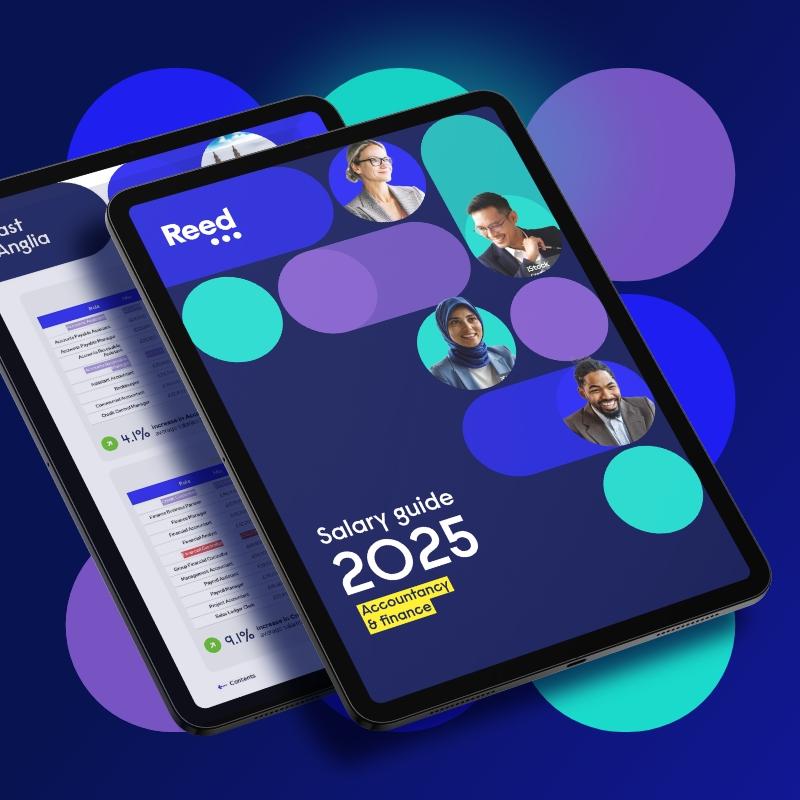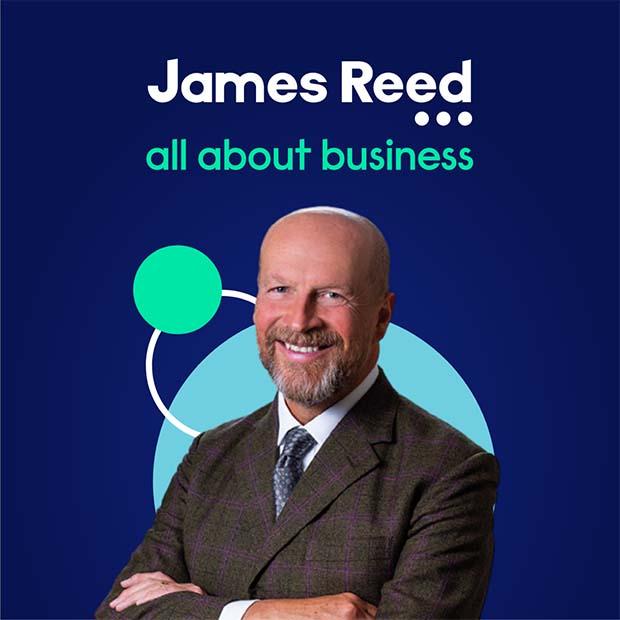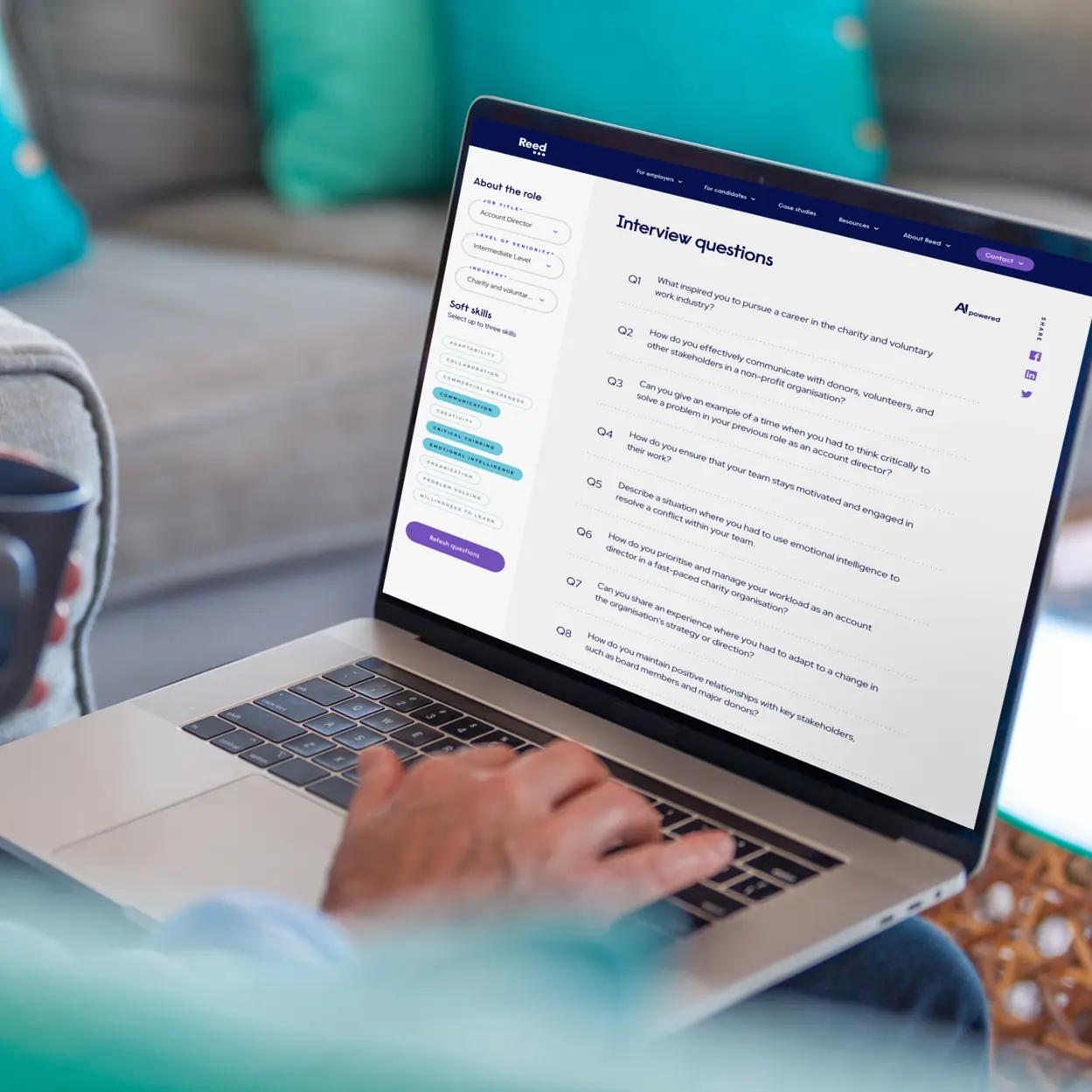Cushman & Wakefield are a leading global real estate services firm, employing approximately 53,000 people across 400 offices in 60 countries. From global occupier services to agency leasing representation – the organisation offers a range of property services for occupiers and investors.
Part of the Cushman & Wakefield offering is ‘Total Workplace’ – teams of specialists who develop workplace and change programmes aligned to a business’ objective to drive performance and boost employee experience.
A recent Gartner survey revealed that only 13% of employees are satisfied with their experience. In the current battle for talent, workplace experience is increasingly important – it’s not just about salary and benefits, but how your company is viewed by existing and prospective employees, the opportunities you offer and the culture you portray. June and Braelyn discuss what it is, why it’s important and how you should measure it…
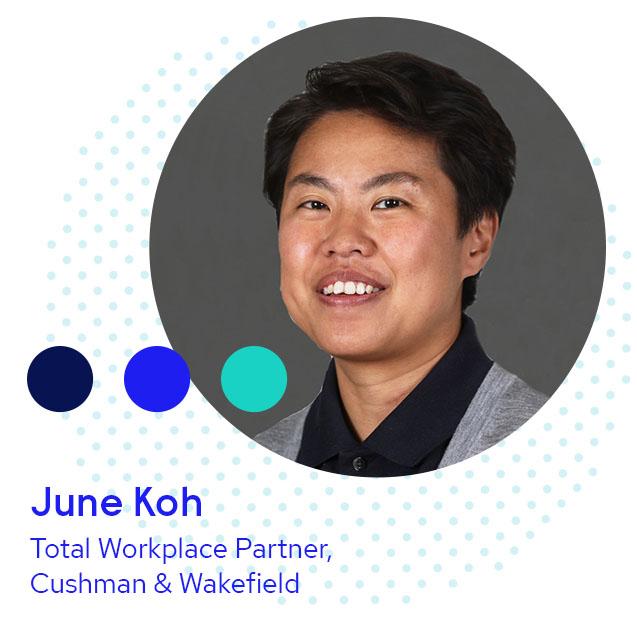
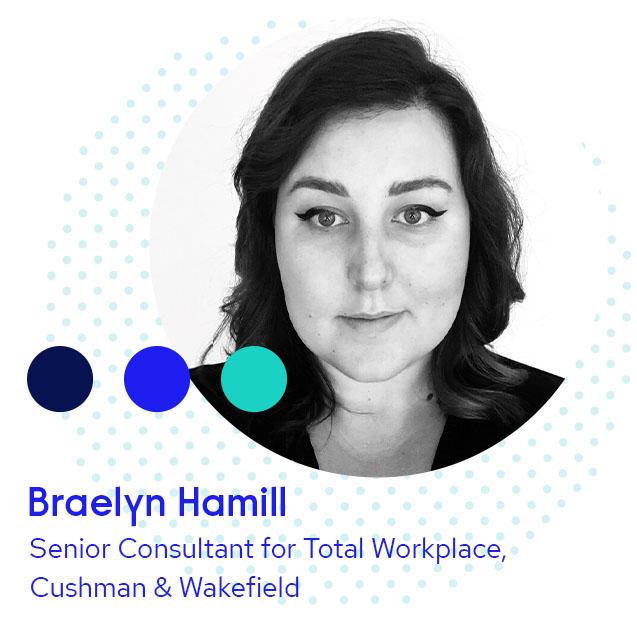
What is WE?
Braelyn: Workplace experience is the culmination of all the different moments that an employee comes across during their journey within an organisation. It’s about embodying an organisation’s culture, values, and ambitions within the workplace ecosystem.
June: It’s not about what size meeting rooms you should have, but what great collaboration looks like for people. It’s not about arbitrary metrics for desks and areas, but what helps people do their best work. It’s not about what colour the walls are or how you display your logo, but how you live your cultural values and how innovation thrives. WE is all about meeting your employees’ holistic needs. Work is a complex, adaptive system and we need to ensure that all the factors that are required to support it are aligned.
Why is WE so important?
June: Great experiences matter – they are the basis for the quality and longevity of relationships employees have, both with the organisation and with each other. Great workplace experiences ensure employees thrive. In a successfully crafted experience, employees find something greater than themselves to identify with. And, as a result of that relationship building, often choose to stay with the organisation.
Additionally, a common experience fosters interpersonal relationships across a business. These bonds create more effective and productive working groups and ultimately produce a better product for clients.
Braelyn: Can I just add that during the pandemic as many organisations moved to remote working, it was the strength of these bonds that helped companies and their employees navigate working in lockdown. Post 2020, in the gradual return to work, with a tide of new joiners, figuring out how to build successful employee bonds will have even greater impact.
From a cohesive in-person workplace experience to a hybrid workplace experience, it’s no longer a simple matter of organisations answering: “What’s the experience of my employee in the office?” but rather, “How does my employee experience our company physically and virtually; from the office and home (or other third party spaces)?”. To answer this as a business leader, you have to have a clear understanding of the critical drivers of the organisation as well as a robustly integrated real estate and IT group.
Who within an organisation should be responsible for WE?
June: Workplace experience is about building a relatable, aspirational, living brand for the company. It all starts with people. How people interact with this experience and how they choose to expand upon it is ultimately due to a combination of human resources (HR), information technology (IT) and real estate (RE).
Without a great space, an experience really doesn’t have a platform to grow. Without easily integrated IT, the experience is one dimensional. And ultimately, without a clear understanding of the people that make up an organisation, all of the great tech and space in the world typically just won’t land.
How do you measure WE?
June: It really depends on how the organisation defines success, and where it is comfortable making correlations; and having enough data to do so. Typically, metrics would include the different areas that contribute to WE (HR, IT, RE) and could be anything ranging from engagement indices from surveys, wellbeing scores, to sustainability metrics to attrition and even levels of productivity. But, as a start, define what a great experience looks like, create a hypothesis for benefits or improvements it might create, and identify metrics that would help you measure that.
What would you say to a company that doesn’t consider WE?
Braelyn: We know that a growing percentage of the workforce, from millennials to Gen Z and beyond, are increasingly making professional decisions based upon the experience and culture of work within organisations. As talent retention becomes increasingly difficult, to ignore experience is to ignore a highly influential driver for these generations. That said, organisations shouldn’t blindly follow trends – how you define a great experience needs to be right for your organisation.
How can a WE strategy be approached? And, is one even needed?
June: Workplace experience must be a multidisciplinary approach. Experience crosses all aspects of an employee’s interactions - from social, to physical, to digital, to personal. Crafting an experience is about signalling that work can seamlessly integrate into your life – and vice versa. The transition from personal life to professional can be a fluid move each day in a hybrid world. This back and forth means employees can have fun, build friendships, take care of life events, and still be successfully adding value to your company.
You can hear more from June Koh, Total Workplace Partner at Cushman & Wakefield, on our free webinar ‘The future of working in London’, Thursday 25 November 2021, 12pm-1pm. Register now.


